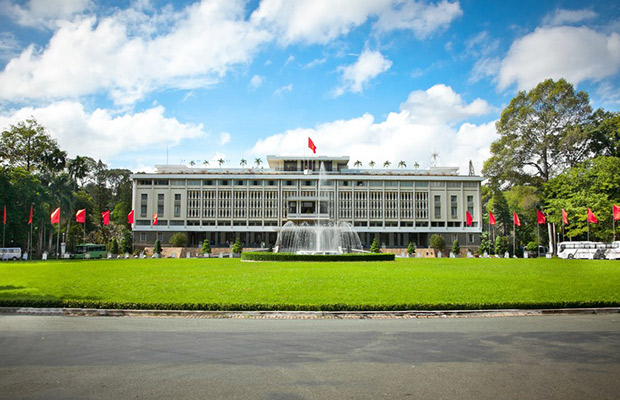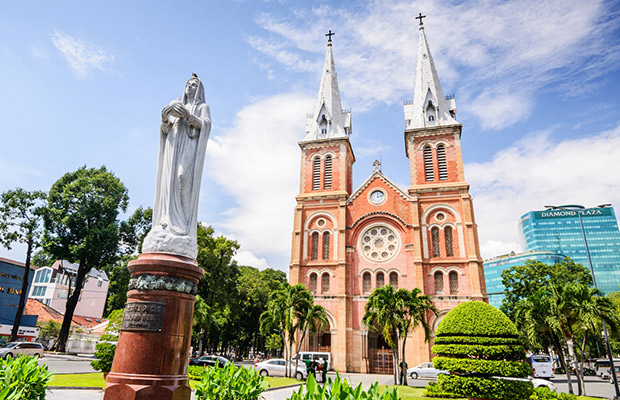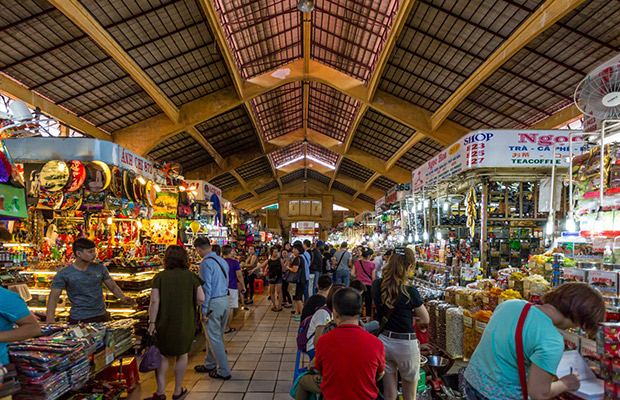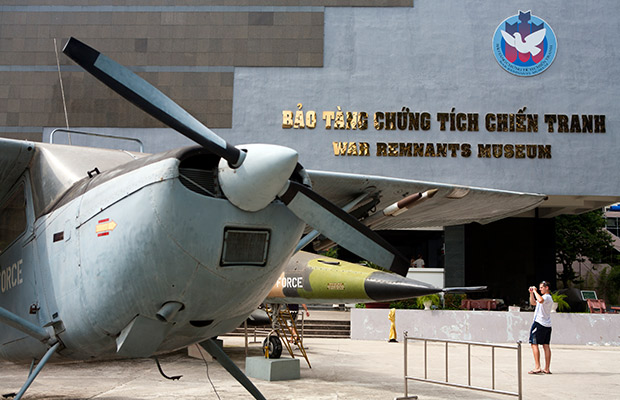Independence Palace (Reunification Palace)
Independence Palace (Reunification Palace)
Vietnam
Ho Chi Minh City
Ho Chi Minh City Travel Guide
Book Tour & Activities
Your tour in Ho Chi Minh City.
Book your stay
Your hotel in Ho Chi Minh City.
Overview
Independence Palace, also known as Reunification Palace, built on the site of the former Norodom Palace, is a landmark in Saigon, Vietnam. It was designed by architect Ngô Viết Thụ and was the home and workplace of the President of South Vietnam during the Vietnam War.
Surrounded by royal palm trees, the dissonant 1960s architecture of this government building and the eerie mood that accompanies a walk through its deserted halls make it an intriguing spectacle. The first Communist tanks to arrive in Saigon rumbled here on 30 April 1975 and it’s as if time has stood still since then. The building is deeply associated with the fall of the city in 1975, yet it's the kitsch detailing and period motifs that steal the show.
Independence Palace (Dinh Độc Lập), also known as Reunification Palace (Vietnamese: Dinh Thống Nhất), built on the site of the former Norodom Palace, is a landmark in Saigon, Vietnam. It was designed by architect Ngô Viết Thụ and was the home and workplace of the President of South Vietnam during the Vietnam War. It was the site of the end of the Vietnam War during the Fall of Saigon on 30 April 1975, when a North Vietnamese army tank crashed through its gates.
After crashing through the wrought-iron gates – in a dramatic scene recorded by photojournalists and shown around the world – a soldier ran into the building and up the stairs to unfurl a VC flag from the balcony. In an ornate reception chamber, General Minh, who had become head of the South Vietnamese state only 43 hours before, waited with his improvised cabinet. According to the story, Minh said to the VC officer who entered the room, ‘I have been waiting since early this morning to transfer power to you'. ‘There is no question of your transferring power,’ replied the officer. ‘You cannot give up what you do not have.’
In 1868 a residence was built on this site for the French governor-general of Cochin-China and gradually it expanded to become Norodom Palace. When the French departed, the palace became home to the South Vietnamese president Ngo Dinh Diem. So unpopular was Diem that his own air force bombed the palace in 1962 in an unsuccessful attempt to kill him. The president ordered a new residence to be built on the same site, this time with a sizeable bomb shelter in the basement. Work was completed in 1966, but Diem did not get to see his dream house as he was killed by his own troops in 1963.
The new building was named Independence Palace and was home to the succeeding South Vietnamese president, Nguyen Van Thieu, until his hasty departure in 1975. Designed by Paris-trained Vietnamese architect Ngo Viet Thu, it is an outstanding example of 1960s architecture, with an airy and open atmosphere.
The ground floor is arranged with meeting rooms, while upstairs is a grand set of reception rooms, used for welcoming foreign and national dignitaries. In the back of the structure are the president’s living quarters; check out the model boats, horse tails and severed elephants’ feet. The 2nd floor contributes a shagadelic card-playing room, complete with a cheesy round leather banquette, a barrel-shaped bar, hubcap light fixtures and groovy three-legged chairs set around a flared-legged card table. There’s also a cinema and a rooftop nightclub, complete with helipad: James Bond/Austin Powers – eat your heart out.
Perhaps most fascinating of all is the basement with its telecommunications centre, war room and warren of tunnels, where hulking old fans chop the air and ancient radio transmitters sit impassively. Towards the end are rooms where videos appraise the palace and its history in Vietnamese, English, French, Chinese and Japanese. The national anthem is played at the end of the tape and you are expected to stand up – it would be rude not to.
Reunification Palace is open to visitors as long as official receptions or meetings aren’t taking place. English- and French-speaking guides are on duty during opening hours.
- Address: 135 Nam Kỳ Khởi Nghĩa, Phường Bến Thành, Quận 1, Hồ Chí Minh 700000, Vietnam
- Opened: October 31, 1966
- Former names: Norodom Palace
- Architect: Ngô Viết Thụ
Video Travel Inspiration
See Independence Palace (Reunification Palace) on Map
Most Popular Cities

Siem Reap
Cambodia
Ho Chi Minh City
Vietnam
Beijing
China
Paris
France
London
United Kingdom
New York
USA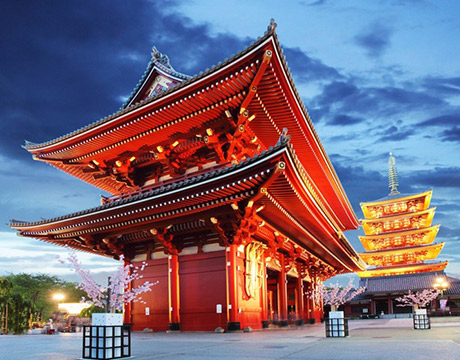
Tokyo
Japan
Bangkok
Thailand
Seoul
South Korea
Vientiane
Laos
Yangon
Myanmar
Washington DC
USA
Los Angeles
USA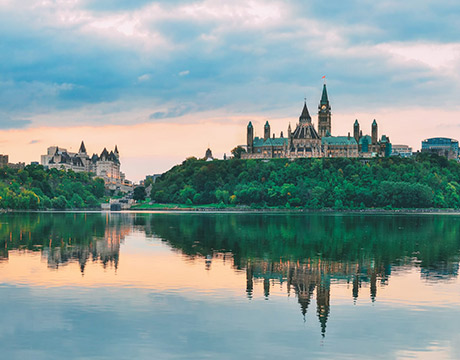
Ottawa
Canada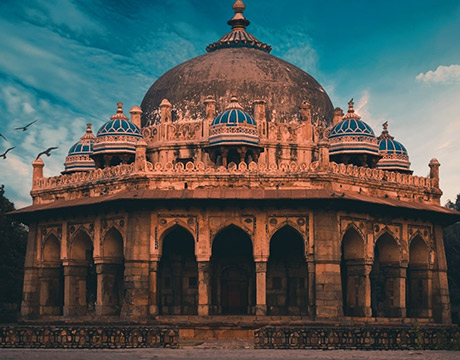
New Delhi
India
Singapore
Singapore
Kuala Lumpur
Malaysia
 English
English French
French Khmer
Khmer Thai
Thai Vietnamese
Vietnamese Chinese
Chinese Korean
Korean German
German Japanese
Japanese Italian
Italian Russian
Russian Spanish
Spanish Dutch
Dutch Indonesian
Indonesian Malay
Malay
